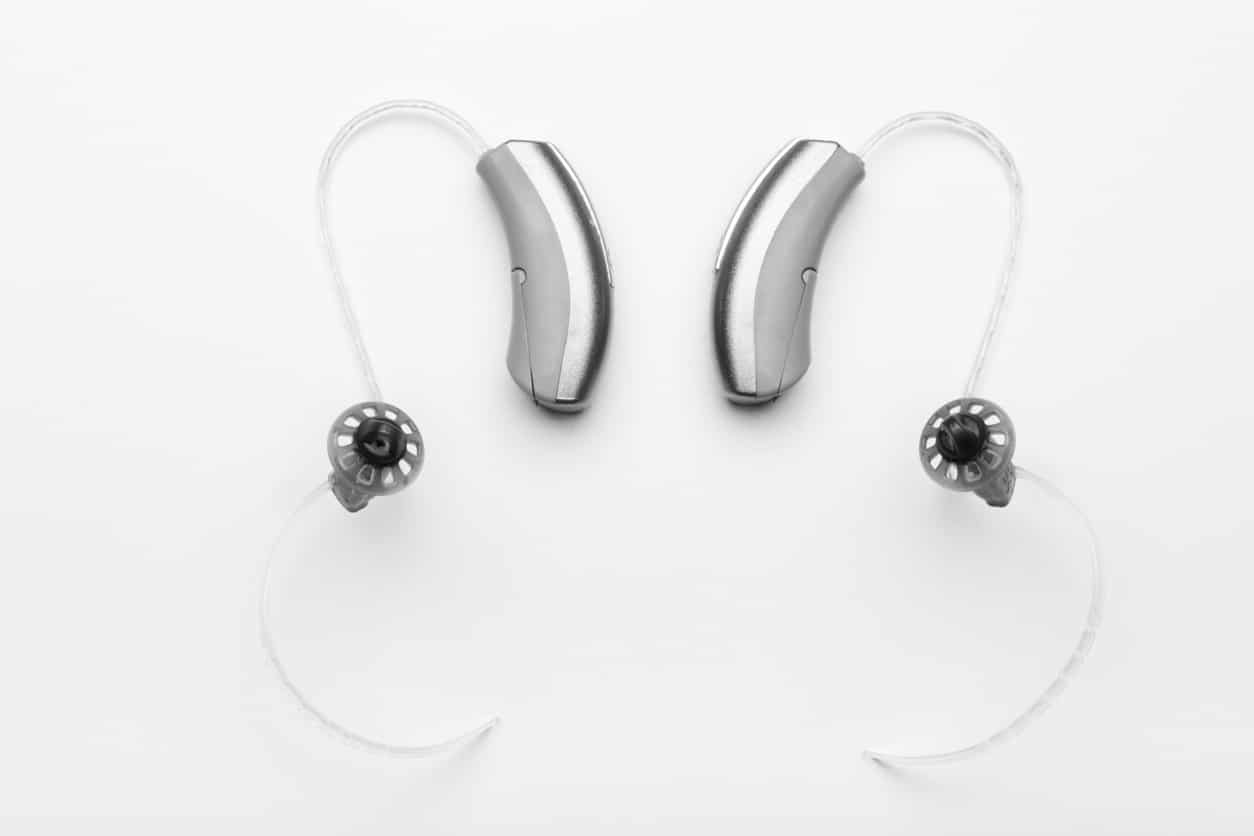Hearing aids are useful devices for amplifying sound, especially in noisy backgrounds. However, like any technological device, they sometimes encounter issues. Understanding how to troubleshoot problems can help you get the most out of your hearing aids. Here are some tips on what to do for some common hearing aid issues.
What to Do If Your Hearing Aids Get Wet

Moisture can be damaging to the delicate components of a hearing aid. Whether it’s due to sweat, rain or accidentally dropping them in water, getting your hearing aids wet can cause them to malfunction, or it can cause wear and tear over time.
If your hearing aids do get wet, the first step is to turn them off immediately and remove the batteries. Leaving the batteries in can cause further damage if moisture seeps into the battery compartment.
Next, gently dry the hearing aids with a soft cloth. Avoid using heat sources like a hair dryer, as high temperatures can damage the components of a hearing aid. Once the exterior is dry, place the hearing aids in a dehumidifier designed for hearing aids or in a container with a desiccant to absorb any remaining moisture. Leave them in the dehumidifier or container overnight before testing them again.
If the hearing aids are still not working properly after drying them out, contact your hearing specialist for further assistance. They may need professional cleaning or repair.
What to Do If Your Hearing Aids Sound Weak or Dead
If your hearing aids sound weak or have stopped working altogether, the issue might be related to the batteries or the device’s components. Start by checking the batteries or charge. Ensure they are properly inserted. If the batteries are old or depleted, replace them with fresh ones. Even rechargeable batteries lose their effectiveness over time, so consider replacing them if they no longer hold a charge.
If the batteries are not the problem, check the microphone and speaker openings for blockages. Earwax or debris can accumulate in these areas and weaken the sound output. Clean the openings carefully using the tools provided with your hearing aids, such as a small brush or a wax pick.
Another possibility is that the settings on your hearing aids have accidentally changed. Ensure that the volume is set correctly and that any program settings are appropriate for your environment. If you’re still experiencing issues, consult your hearing specialist, as the devices may require a more in-depth diagnosis.
What to Do If You Hear Feedback
Hearing aid feedback is a common issue that can be both annoying and disruptive. Feedback occurs when sound from the hearing aid’s speaker is picked up by the microphone, creating sounds of a high-pitched squeal or whistle.
To reduce or eliminate feedback, first, check that the hearing aids are properly inserted into your ears. An improper fit can cause sound to leak out and re-enter the microphone, leading to feedback. Make sure the hearing aids are snug but comfortable.
If you’ve recently changed the earmolds or domes, ensure they fit correctly. Ill-fitting molds can also cause feedback. Additionally, check for any blockages in the microphone or speaker openings, as debris can sometimes create feedback loops.
If feedback persists, your hearing aids might need to be reprogrammed by your hearing specialist to adjust the amplification levels or feedback management settings.
Nearly 28.8 million Americans could benefit from using hearing aids. Knowing how to troubleshoot basic hearing aid issues can help save you time and frustration. For persistent problems, always consult your hearing specialist for professional advice.
To learn more about the latest in hearing aids or to schedule a hearing test for you or a loved one, contact M.K. Larson Audiology today.